
|
|
|
|
|
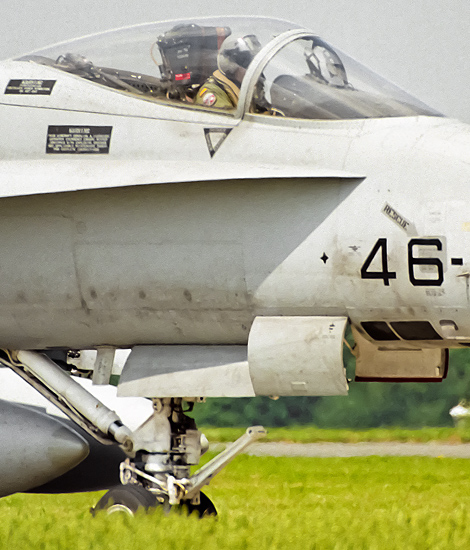
|
Tactical Leadership Program 2003/3; Florennes, June 24, 2003
An International Collaboration; Text and Photograph's by Alex van Noye
In the third and fourth week of the TLP traditionally additional assets will arrive for participation in the exercise. These additional participants are the opponents of the TLP participants in a modern and realistic war environment. The participants of the TLP must collaborate intensively to succeed the TLP mission.
On Tuesday, June 24th, 2004, I was again present at one of the TLP missions. This mission was during the third TLP of 2003. During my visit, the TLP was in the third week of the course. The choice to go at this time was a good choice, because additional aircraft will participate in the exercise from the third week. The exercise is during the third and fourth week in the realistic stage. This means there are various war scenarios practiced where the additional assets will defend the targets. The additional aircraft which fly along during the TLP mission are the opponents for this scenario. Often the participating units themselves sent extra planes to participate in this war scenario. It is very important the participating units will operate as a close team during these kinds of mission. Without cooperation it is impossible to make the exercise a success. Participants are from nearly every country in Europe and are during this exercise trained to operate in an international partnership. The execution of the exercise is coordinated by an AWACS which flies during the exercise from Geilenkirchen in Germany. Ground attack fighters are guided to the targets with the help of this flying command center. The crew of the AWACS ensures the air defense fighters which will protect ground attack fighters and are coordinated towards the enemy aircraft. The exercise can only be a success through close cooperation between these various disciplines.
A total of nine countries would participate in this edition of the TLP. The first country which took part was Belgium with three F-16AM Fighting Falcons from Florennes air base. The F-16s from the Belgian Air Force are stationed at this airbase and at Kleine-Brogel. The second country which joined the TLP was Denmark with three F-16AM Fighting Falcons. These planes are of the 726 Eskadrille from the Danish airbase Aalborg. The French were well represented during the exercise with two Mirage 2000Ns from Luxeuil, 2 Mirage 2000Bs from Orange and 2 AS355F's Ecureuil helicop-
|
|
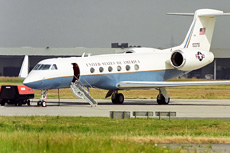
|
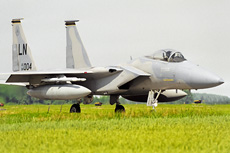
|
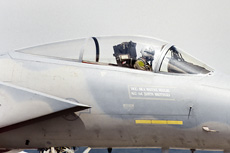
|
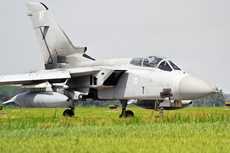
|
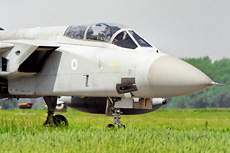
|
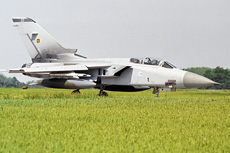
|
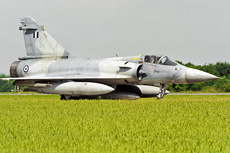
|
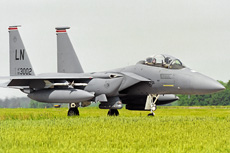
|
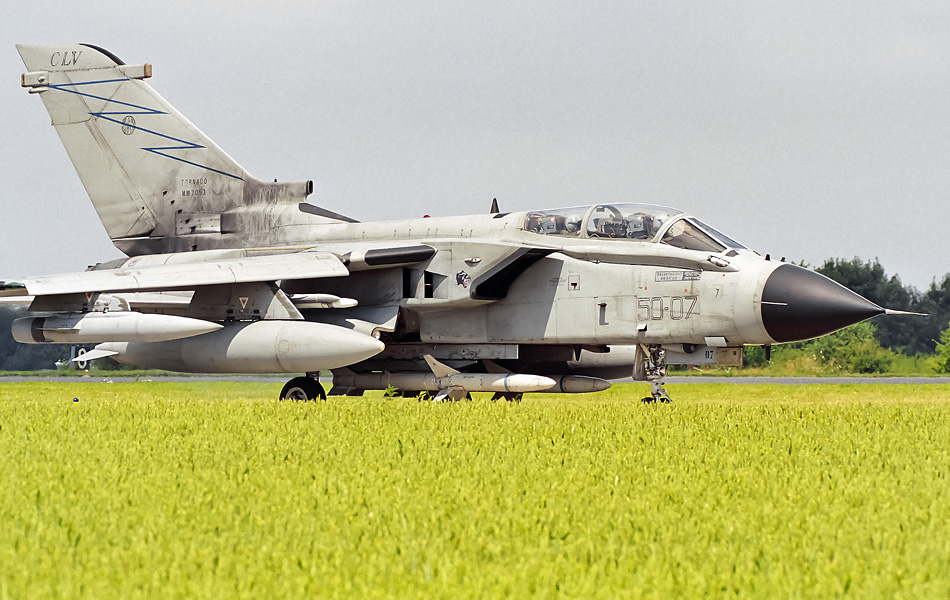
|
ters from Metz. The Greeks were present with four Mirage 2000EGs of the 332 Mira which is based at Tanagra Air Base in Greece. These aircraft are very rare in Western Europe. The Italians were also very well represented during this TLP. The Italian Air Force participated with four Tornado ECRs of the 50° Stormo from Piacenza. The Italian Navy participated with one SH-3D Pelican helicopter from Rimini. The Army flew two A-129 Mangusta helicopters and one AB-412 which were from Casarsa della Delizia. The Dutch participated during the TLP with two Apaches from Gilze-Rijen and one Hercules from Eindhoven. The Spaniards took part with no less than six Mirage F-1s from Albacete and even eight EF-18s from Ala 15 and Ala 46 from Zaragoza and Gran Canaria. The Spaniards were with this participation the largest participant during this edition of the TLP. The British showed up at the TLP with six Tornado F3s of the no 111 Squadron from the British airbase RAF Leuchars. Finally, the Americans participated with five F-15C and F-15E Eagles from RAF Lakenheath.
The trip to Florennes will always go via Brussels when I visit the TLP. This time there was again a nice visitor on the platform in Brussels. There was a C-37A Gulfstream of the USAFE parked on the platform; the aircraft is from Ramstein Air Base in Germany. After photographing this aircraft I drove quickly to Florennes for the departing TLP mission. The first aircraft would leave Florennes around noon. Two American F-15s appeared at the head of the runway after startup of all the aircraft. The grass was today quite high; it was therefore problematic to shoot aircraft on the runway of Florennes. The two F-15s were quickly followed by two British Tornado’s and two Greek Mirages. After the departure of the aircraft, there were again two American F-15Es waiting at the head of the runway. The weather today was fantastic, because the sun was shining. The two Strike Eagles were followed by two Spanish Hornets and two French Mirage 2000Bs. The Italian Tornado’s left both along with another two Greek Mirages. Four Spanish Mirage F1s appeared at the head of the runway shortly after the departure of the last Mirage 2000. These aircraft were soon followed by two Spanish Hornets. The two French Mirages 2000Ns would take off in a formation. The Danes were with their F-16s the last TLP participants which left Florennes during the take-off wave. It was a very long take-off wave with many aircraft.
The first aircraft appeared in a formation on the horizon after 30 minutes. The first aircraft which appeared for the recovery were the two French Mirages 2000Bs. One of these light blue aircraft had a red-white-blue tail with the French Air Force emblem on it. Why the French Air Force sent two Mirage 2000Bs was unknown; mostly the Mirage 2000Cs are deployed for the air defense role. The two Mirage 2000Ns arrived after the landing of the blue variants of the Mirage. The Danish F-16s and some Spanish Hornets followed soon after the Mirages. After the landing of the aircraft, the Greek Mirages appeared on the horizon. These aircraft are quite extraordinary at most Western European airports. Photographing Mirages during landing is not easy because the delta wing planes have a high approach speed during landing. The Mirage F1 of the Spanish Air Force arrived shortly after the Greeks at Florennes. These Mirages are very good visible due to their light gray color scheme. The British Tornado F3s and the Italian Tornado ECRs flew over the airfield in a formation before the aircraft went into the break. Also the American Eagles arrived after landing of the Tornado’s. All participants of the TLP were back at Florennes after the landing of these four aircraft. After a successful day in Belgium, the journey to the Netherlands was initiated shortly after the landing of the F-15s. The TLP remains one of the few exercises in Western Europe where structural rare planes can be seen.
|
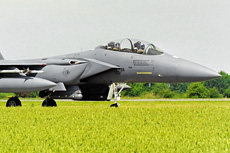
|
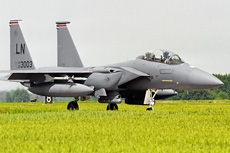
|
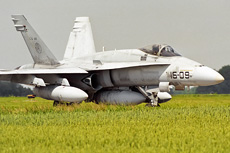
|
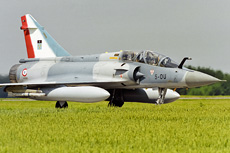
|
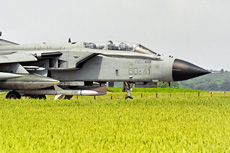
|
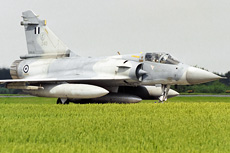
|
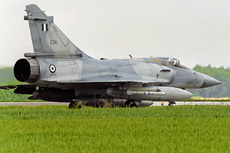
|
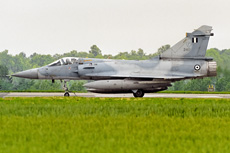
|
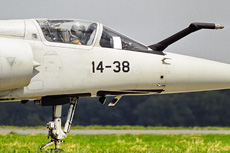
|
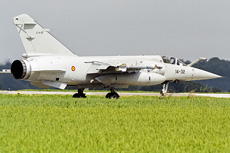
|
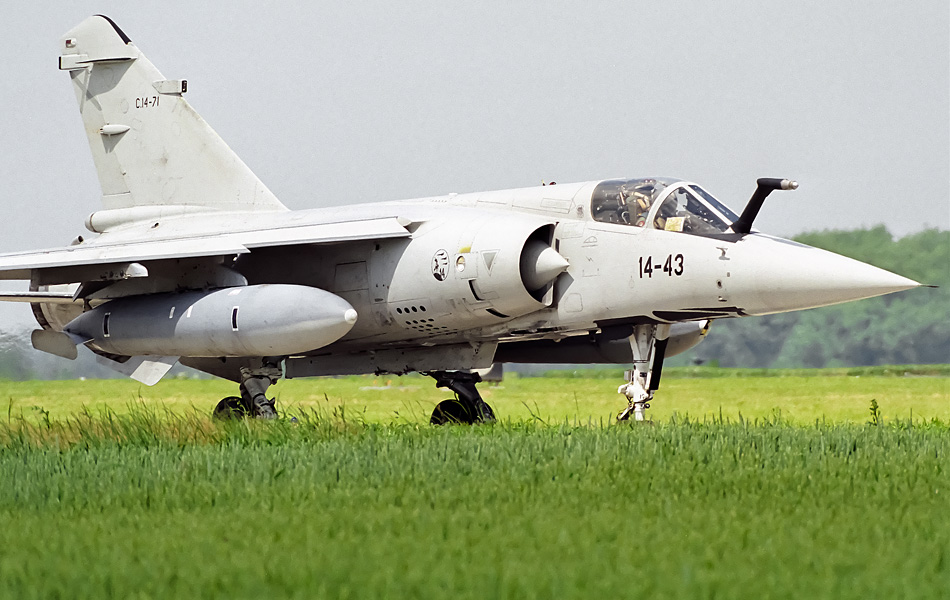
|
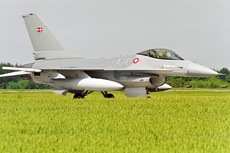
|
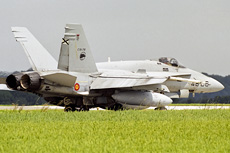
|
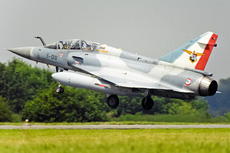
|
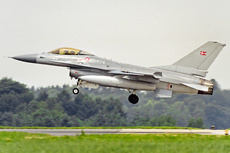
|
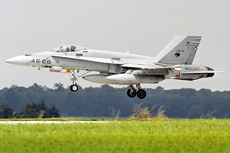
|
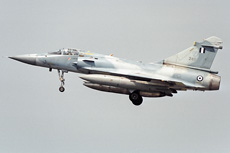
|
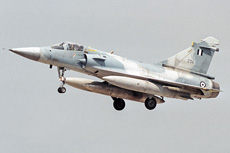
|
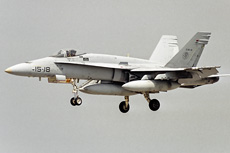
|
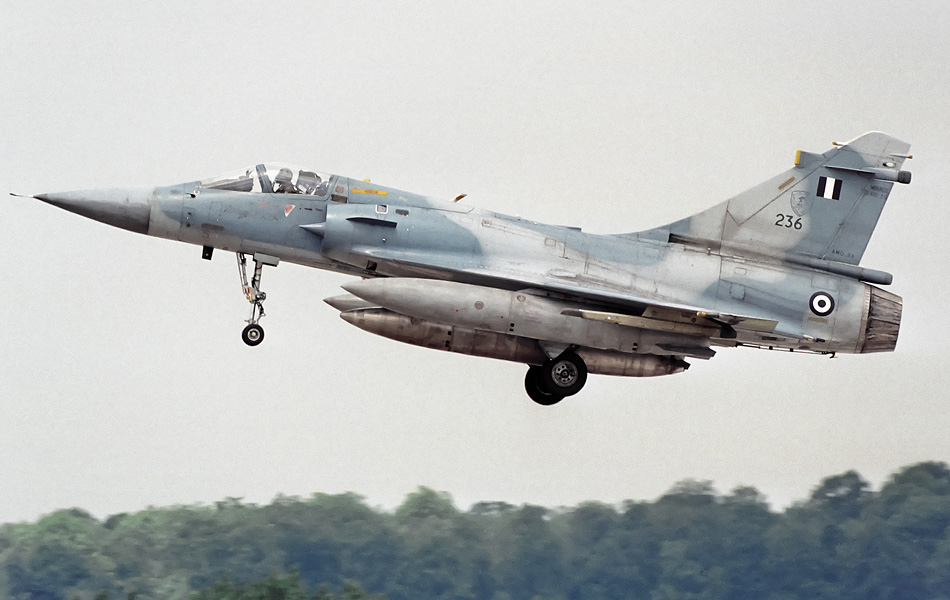
|
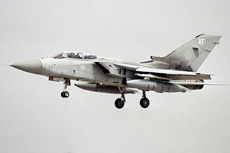
|
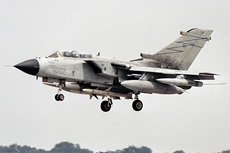
|
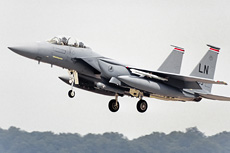
|
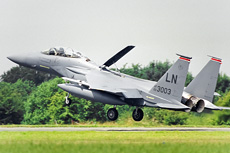
|
|
|

|







